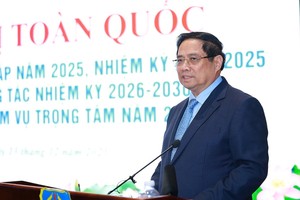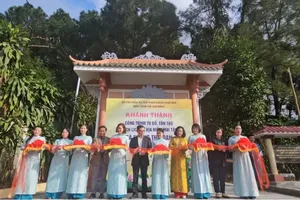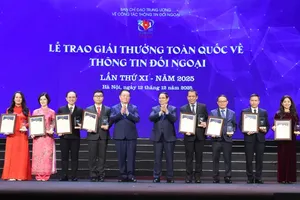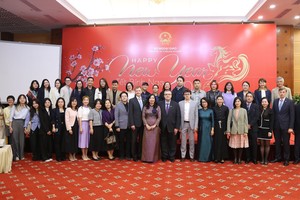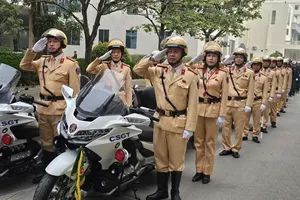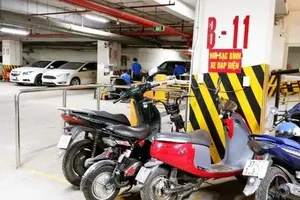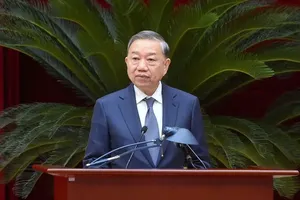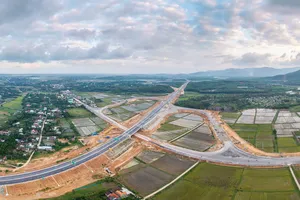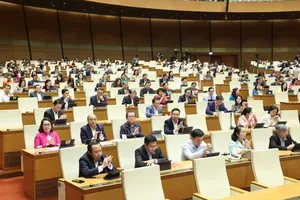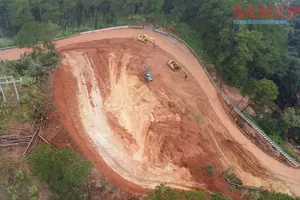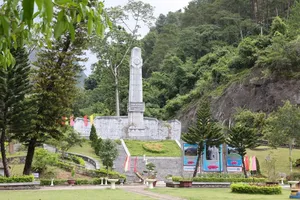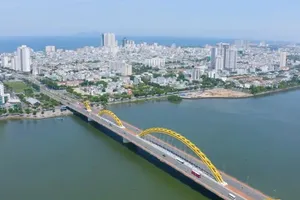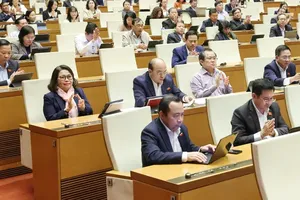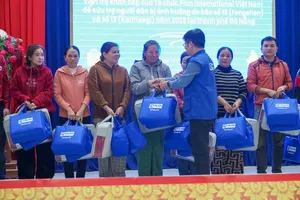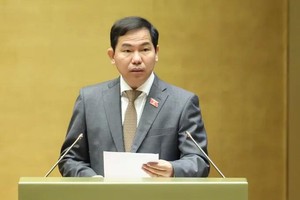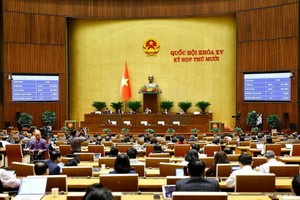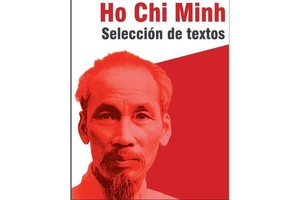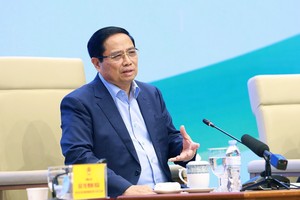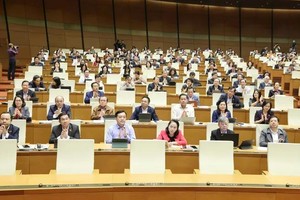Long Phu District in the lower reaches of the Hau River is a key agricultural hub in Soc Trang Province. Rice stands as the district’s primary crop, covering over 16,000 hectares, with specialty and high-quality rice varieties making up more than 98.9 percent of total production.
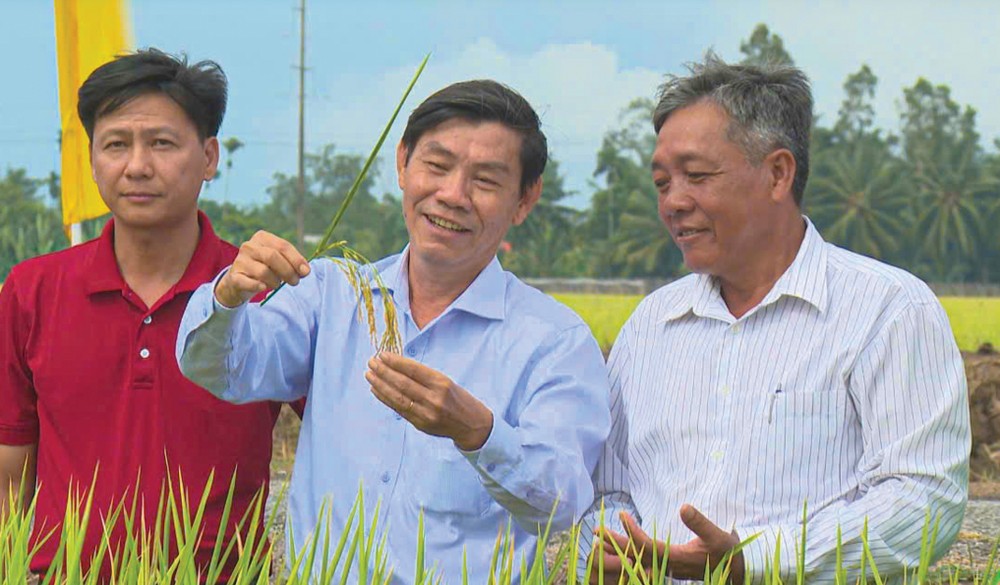
The district is the first locality selected to grow new rice variety in the summer-autumn rice crop of 2024 when the province was piloting the project ‘Sustainable development of one million hectares of high-quality and low-emission rice cultivation associated with green growth in the Mekong Delta by 2030’ (referred to as the Project).
The Project’s pilot model covers 50 hectares of high quality rice variety ST25 with 46 farmers who are members of Hung Loi Cooperative in An Hung Hamlet of Long Duc Commune agreeing to participate.
Farmers participating in this model receive substantial support including 50 percent subsidies for both rice seeds and fertilizers, and 100 percent coverage for the costs associated with mechanical sowing services. Furthermore, farmers are provided with essential tools for measuring and monitoring water levels in their fields through the utilization of mobile applications. This comprehensive support is complemented by comprehensive training and guidance on advanced agricultural production techniques.
Director Truong Van Hung of Hung Loi Agricultural Cooperative commended farmers’ dedication to the project adding that although they have participated in the project for the first time, all households strictly follow the guided technical process. He highlighted that this project introduces innovative cultivation methods, a significant departure from traditional farming practices.
The model offers the benefit of sparse sowing, which contributes to a reduction in the use of seeds, fertilizers, pesticides, and irrigation water, resulting in lower investment costs. Additionally, the quality of the rice produced through this model is exceptional, as it relies on minimal fertilizers and pesticides, making it more appealing to traders who are willing to pay premium prices.
Director Huynh Ngoc Nha of the Department of Agriculture and Rural Development of Soc Trang Province shared that thanks to the application of mechanization in sowing coupling with burying fertilizer, the amount of seeds is only 60kg per ha, down 20-40kg per ha compared to traditional farming practices.
Additionally, he noted that the application rate of nitrogen fertilizers has decreased by 40 percent and pesticide usage is four times lower compared to conventional practices. Furthermore, the model incorporates an alternating wet-dry irrigation method, utilizing sensors for effective water management. It also includes the mechanization of harvesting and processing, as well as the collection of straw from the fields.
According to experts, the pilot model has reaped fruitful outcomes. For instance, the average rice yield of the model is 7.1-7.8 tons per ha and rice is purchased after harvesting at a price of VND10,800 a kg, VND2,000-VND3,000 higher than the price traders paid to farmers who have not participated in the project.
Analysis indicates that the overall cost of rice production within the model is 20 percent lower compared to external methods, leading to an increase in farmers' income by 20 percent to 25 percent , which translates to approximately VND15 million (US$590) to VND18 million per hectare.
In the pilot model implemented in Long Phu, the emission index stands at 9,505 kg CO2 per hectare per crop, whereas the index for external production methods reaches as high as 13,501 kg CO2 per hectare per crop. These findings demonstrate that the integration of innovative techniques in the Project's production process has resulted in a reduction of emissions by 3,996 kg CO2 per hectare per crop, representing a decrease of 29.6 percent.
Secretary Lam Tien Thach of Long Phu District Party Committee said that according to the plan, 8,150 ha accounting for 51 percent of the district's rice area of the district will be reserved in the Project until 2030.
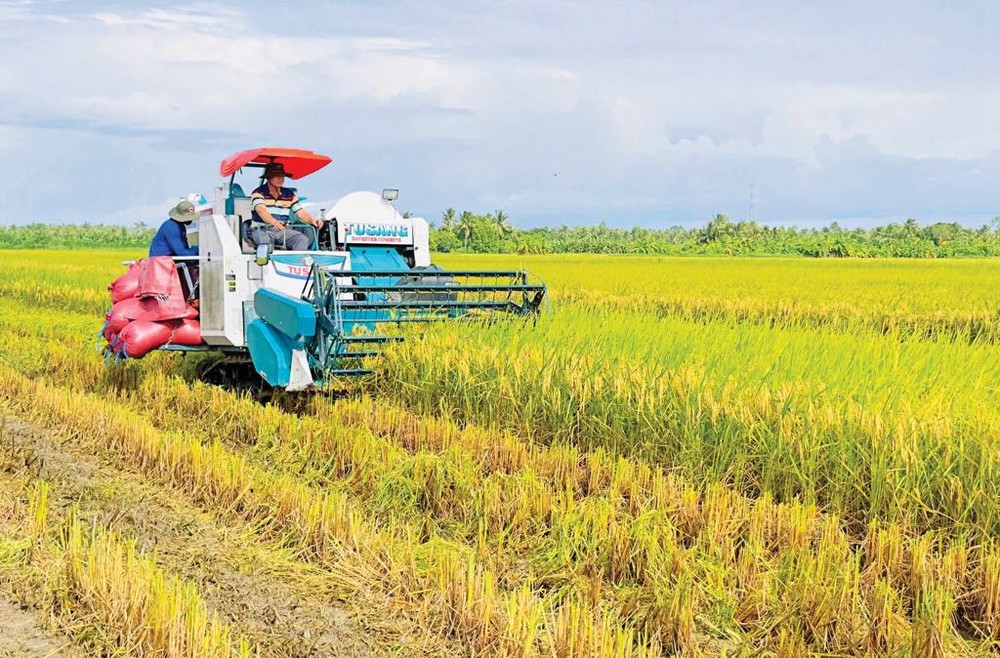
The early positive outcomes of the model have generated significant enthusiasm and motivation among farmers, businesses, and local communities to engage in the Project. The district will maintain close collaboration with related agencies as well as make commitment to effective implementation of the Project in the region. This effort aims to enhance the income of rice producers, safeguard the environment, and adapt to climate change.
